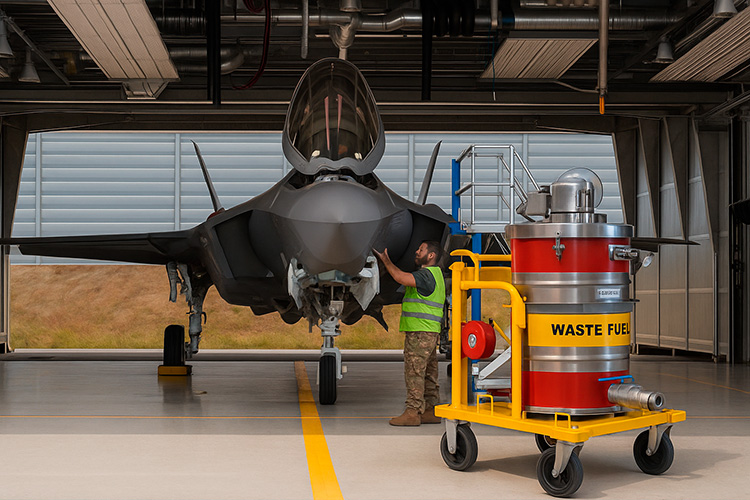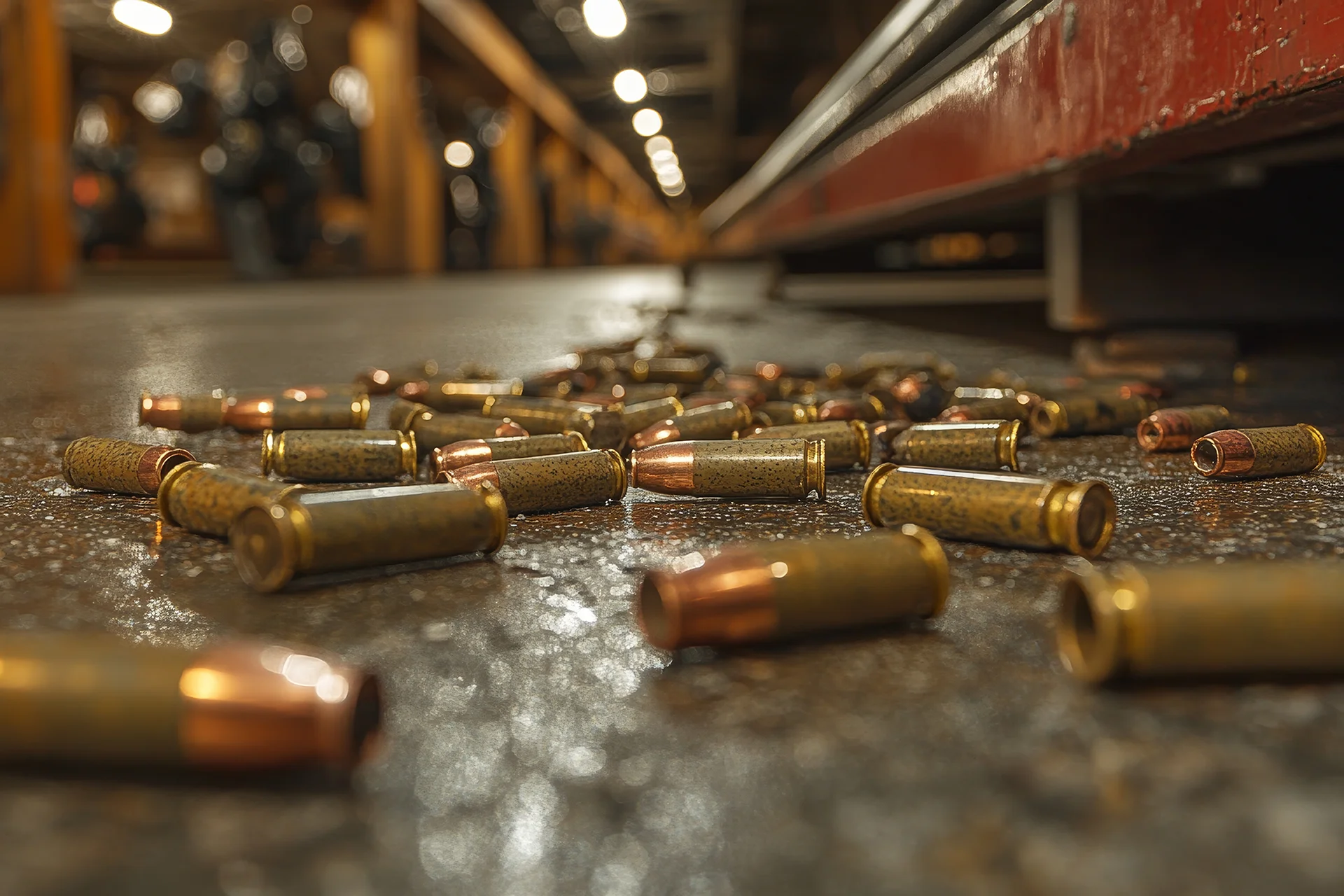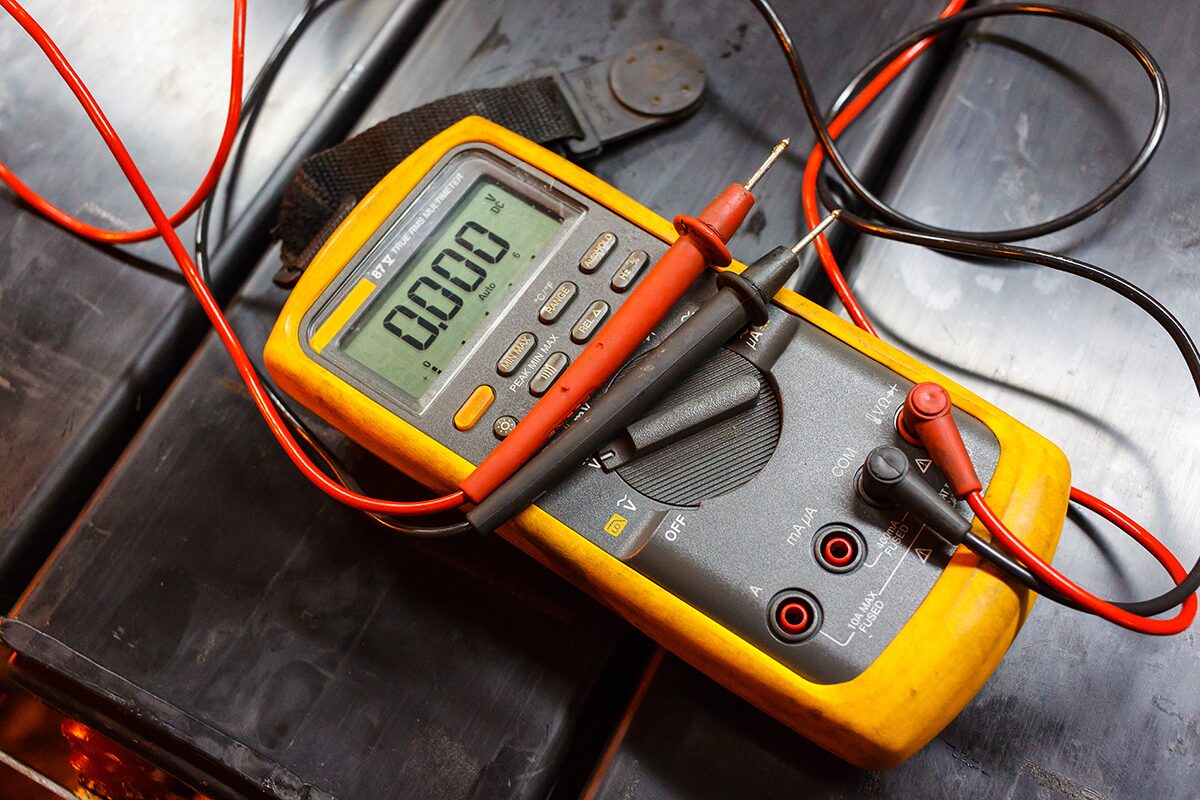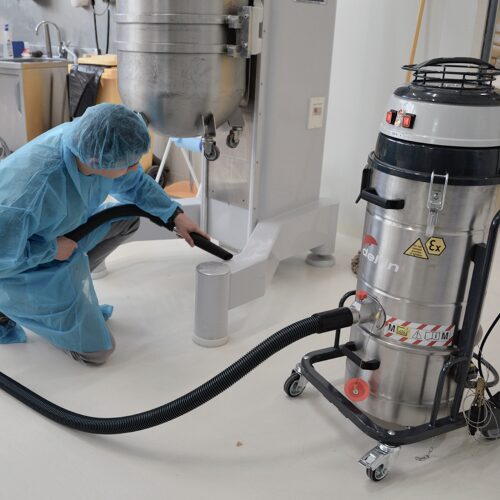When Fuel Becomes a Workplace Hazard.
Why the Air Force Chooses Tiger-Vac?
Fuel residues, vapors, and static electricity are not just technical challenges—they are potential ignition sources. In both military and industrial environments where flammable liquids are handled daily, the risk of explosion is real. That’s why defueling, depuddling, and tank cleaning require much more than standard equipment.
This is exactly where Tiger-Vac comes into the picture.
The company is based in Québec, Canada, and with a strong presence in both the European and North American markets, Tiger-Vac has made a name for itself where it matters most: in explosive atmospheres where no errors are tolerated. Their explosion-proof vacuum systems are used daily on U.S. air bases and are officially recommended by the U.S. Air Force.
But these solutions are not reserved for the Americans alone. With full ATEX compliance and a solid presence in Europe, Tiger-Vac is today one of the few manufacturers that combines Canadian production, European zone classification, and proven military application.
Military Requirements for Safe Fuel Handling
In a military context, fuel is never just fuel. It is a risk, a procedural detail, and a responsibility that often falls into the hands of technicians and maintenance teams working in close proximity to both aircraft and personnel. When a fighter jet like the F-35 returns from a mission, it’s not enough to simply disconnect hoses and wipe things down. Residual fuel, vapors, and accidental spills must be handled efficiently—and without introducing new hazards.
In such situations, “industrial grade” is no longer sufficient. It requires equipment that is not only built to handle liquids, but also to withstand explosions. Equipment that doesn’t generate sparks. That is properly grounded. That can be operated while wearing gloves. That doesn’t pull more oxygen into a closed space than it can safely filter out again.
This is also where you discover that not all vacuum cleaners are created equal. Many of the machines used in standard workshops or industrial settings would simply not be permitted in a NATO-approved hangar—especially not near fuel tanks where ignition points are lower than the temperature of a hot summer day in Southern Europe.
That’s why the defense sector imposes requirements that only a few suppliers can meet. Not just technical specifications, but demands for documentation, testing, redundancy, and ruggedness. It is precisely in this demanding environment that Canadian-based Tiger-Vac has found its niche.
Tested and Recommended by the U.S. Air Force
When technicians from the U.S. Air Force first rolled a Tiger-Vac industrial vacuum cleaner into the hangar at Eglin Air Force Base, it wasn’t to assess the design. It was about something far more down-to-earth—and far more explosive. Every day, residual fuel, vapors, and dust had to be removed from beneath aircraft fuselages. Every day, someone entered zones where a single spark could be enough.
There is equipment that, on paper, can handle such tasks. But in the U.S. military’s testing program, the Management and Equipment Evaluation Program—better known as MEEP—what’s on paper is just the beginning. Here, products are put to the test in real-world conditions. And that’s exactly what happened. Tiger-Vac was used—not just evaluated. Not just reviewed—but proven. And the conclusion was written in black and white:
“The Tiger-Vac is recommended for Air Force use.”
The recommendation was later published in an internal technology bulletin—not to promote a brand, but because they had found a piece of equipment that could perform a specific task with minimal risk. The filtration system, the explosion-proof housing, the grounding system—everything listed in the manual—worked when it mattered.
Today, more than twenty years later, Tiger-Vac is still used in U.S. defense logistics and maintenance. Not as a brand name, but as a tool. And that’s what makes the difference.
ATEX, the EU, and the Difference Between Certification and Trust
When it comes to safety in explosive environments in Europe, the conversation begins with ATEX. It’s not just a label on a machine—it’s a legal and technical framework that determines whether equipment is even allowed in certain zones. Zone 1. Zone 21. Zone 22. These are not just names—they are warnings.
Tiger-Vac understood long ago that if you want to remain relevant in European risk zones, it takes more than just translating your documentation. You have to understand the European mindset when it comes to responsibility. That’s why their vacuum cleaners are made from stainless steel and aluminum—not only for durability but to eliminate the risk of sparking. That’s why they use activated carbon to capture solvent vapors—not just for comfort, but to ensure that no ignition source escapes the filtration system. And that’s why the entire system is fully antistatic—from the suction hose to the exhaust. Even the wheels are carefully selected to ensure spark-free operation.
The models used in both American and European aircraft maintenance are available in versions that comply with Directive 2014/34/EU—what we commonly know as the ATEX Directive. Several models also meet the standards of EN 17348, which today defines the requirements for handling flammable liquids, vapors, and dust in combination. This is not just about regulations—it’s the reality. And that’s exactly where Tiger-Vac positions itself.
They don’t use ATEX as a marketing gimmick. They treat it as a minimum requirement—and then raise the bar so high that comparisons often become irrelevant. In environments where a single mistake can cost an aircraft, a building, or a life, you don’t choose between good solutions. You choose the one that’s proven. And that’s where Tiger-Vac often stands alone.
What Sets Tiger-Vac Apart from Other Solutions
At first glance, it might look familiar: a stainless steel tank, some wheels, a suction hose, and a switch. But what sets Tiger-Vac apart from most other industrial vacuum cleaners isn’t what you see. It’s what you don’t have to think about when using it.
It starts with the construction. Not just explosion-proof—but designed from the ground up to function in environments where sparks can be deadly. There are no retrofitted safety zones or optional antistatic kits. Every detail is part of a chain where no link is allowed to fail: grounding throughout the entire structure, internal linings, suction arms with metal spirals, conductive rubber wheels, and exhaust through activated carbon.
But it doesn’t stop at material selection. It continues with functionality. Several models are equipped with a Dead Man Brake—a system that requires constant pressure to move the unit. Not as a gimmick, but to ensure the machine doesn’t roll while the operator is handling hoses in a vapor cloud. Other models can be tipped hydraulically, allowing them to be emptied without lifting—even when filled with heavy fuel. This isn’t about comfort. It’s about minimizing risk.
And then there’s the filtration. When Tiger-Vac says HEPA, they mean 99.995% at 0.3 microns—not in a lab, but at the point of use. Combined with ULPA and activated carbon, both particles and vapors are securely contained. This is not a general upgrade. It’s a design where the filters are just as critical as the motor.
All of this together means that Tiger-Vac doesn’t just deliver an industrial vacuum cleaner. They deliver a level of safety that, in many cases, exceeds the requirements—and leaves competitors with a choice: either try to keep up, or compete in a different category altogether.
From Hangars to the Field – Tiger-Vac in Operational Use
It’s easy to talk about zones and directives in a meeting room. It’s much harder when the smell of fuel is in the air and time is short. This is where Tiger-Vac vacuum systems do their job quietly—in environments where equipment doesn’t need to impress, it just needs to work. Every time.
In aircraft hangars like those at Eglin Air Force Base, Tiger-Vac is an integral part of daily operations. After a flight, residual fuel and vapors are removed with equipment designed to withstand both the atmosphere and the task at hand. It’s not about cleaning—it’s about safety readiness. Technicians work near air intakes, open fuel tanks, and hot components. Every potential ignition source—including an electric spark—must be eliminated. That’s why Tiger-Vac is there.
But it doesn’t stop in the hangar. There are mobile units equipped with pneumatic systems and antistatic wheels, which can be used directly at fueling stations, depots, and air bases with unpredictable terrain. Some models come with hydraulic tipping functions, allowing the tank to be emptied in the field without heavy lifting. Others are equipped with suction curves and nitrile hoses to reach deep inside containers where residual fuel has accumulated.
And while Europe may not yet have seen the full deployment, NATO certainly has. Tiger-Vac vacuum systems carry NSN numbers—NATO Stock Numbers—which means they are approved for military logistics and supply across borders. That makes them part of the systems already supporting European operations in the field.
This is not equipment that needs to persuade anyone with brochures. It’s equipment that speaks for itself—once it’s in use.
Conclusion: When Safety Cannot Be Improvised
Europe is rearming. Not necessarily out of desire, but out of necessity. The threat landscape has changed, and military equipment has once again become a priority. In the shadow of political urgency, procurement is happening—often blindly—and the desire to demonstrate decisiveness risks outpacing sound judgment. That’s precisely why now is the time to pause and ask: What already works? What is documented? What has stood the test of time?
Tiger-Vac has not earned its position by following trends, but by delivering solutions that have proven themselves under pressure—in environments where failure is not an option. Their industrial vacuum systems are not new to the market. They are backed by over twenty years of experience in explosion-protected operations within aviation and defense—both in the U.S. and under NATO.
This is not technology for technology’s sake. This is safety made tangible. Not only because their solutions comply with ATEX and EN 17348, but because they are already in operation where others are still reading the risk assessment.
If you work in a sector where ATEX zones are not just theoretical but part of your daily routine, the question is simple:
Will you trust something that was just launched—or choose what has already proven itself under real-world, high-stakes conditions?
May, 2025
International regulations
| EU-regulation | USA/Canada -regulation |
|---|---|
| Regulations concerning equipment in explosive atmospheres (hazardous areas) ATEX-direktiv (2014/34/EU) | Electrical installations in Ex areas NFPA 70 (National Electrical Code) |
| Zones in the work environment ATEX-arbejdsdirektiv (1999/92/EF) | Safe storage of flammable liquids NFPA 30 (Flammable and Combustible Liquids Code) |
| Non-electrical equipment in Ex zones EN ISO 80079-36:2016 | Workplace safety in relation to dust and HEPA filters OSHA (Occupational Safety and Health Administration) |
| Designing without sources of ignition EN ISO 80079-37:2016 | Environmental regulations and health hazards EPA (Environmental Protection Agency) |
| Vacuum cleaners for environments with combustible dust EN 60335-2-69:2012 | |
| Classification and approval of chemical substances REACH-regulation | |
| Labeling and warnings for chemical substances CLP-regulation |




